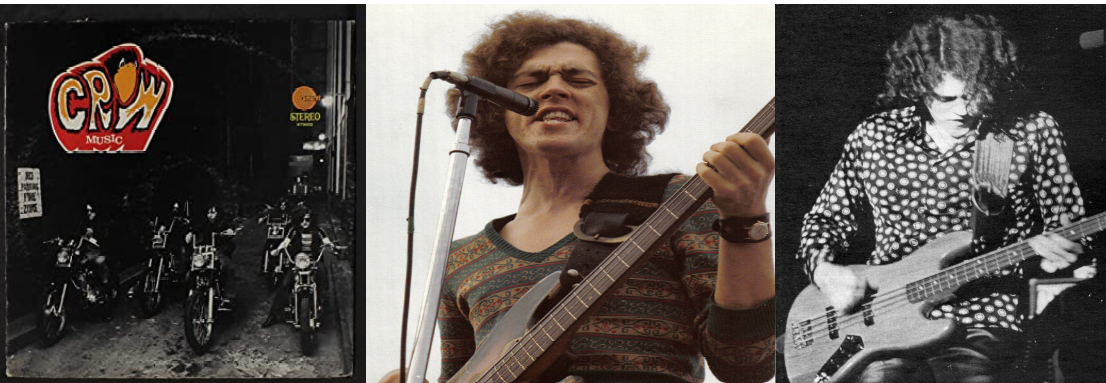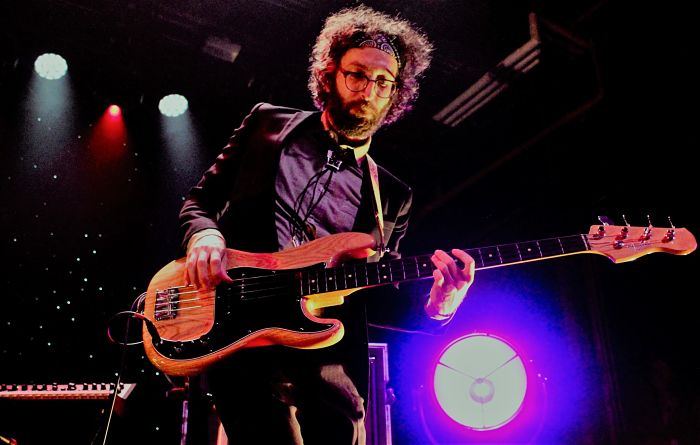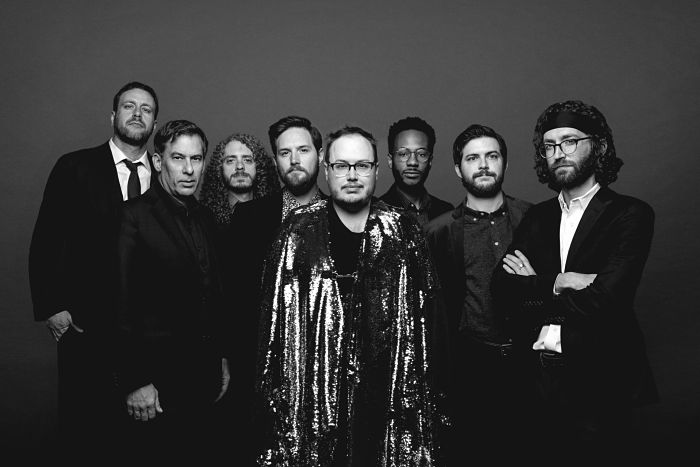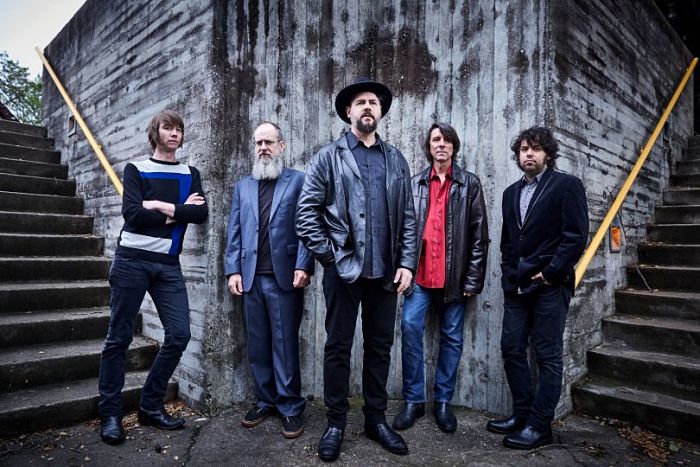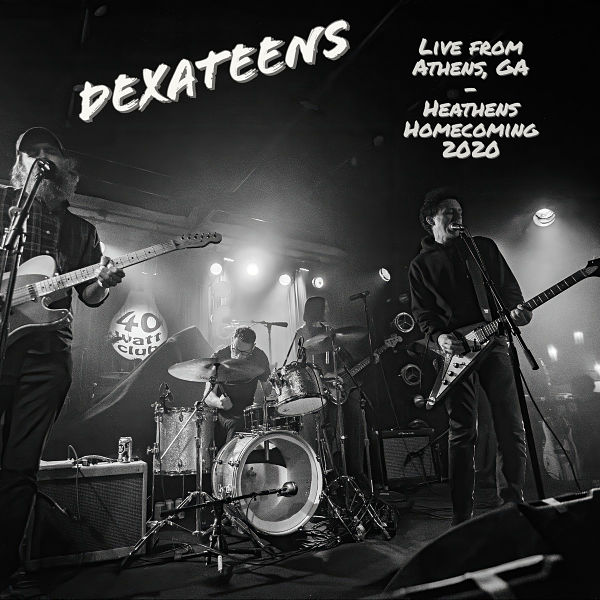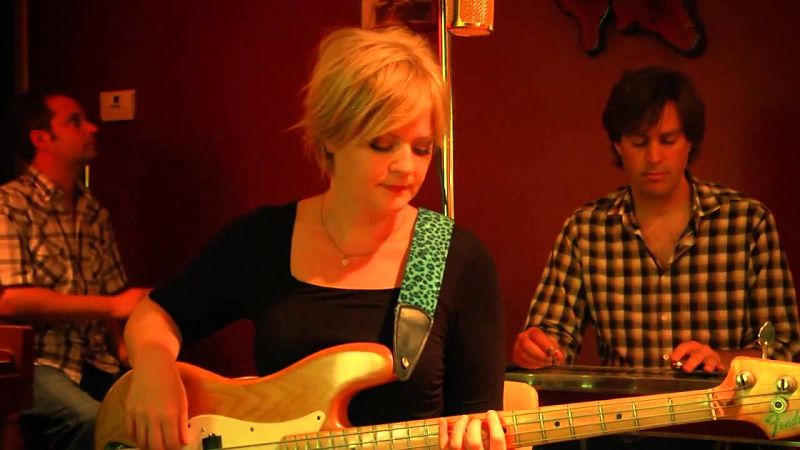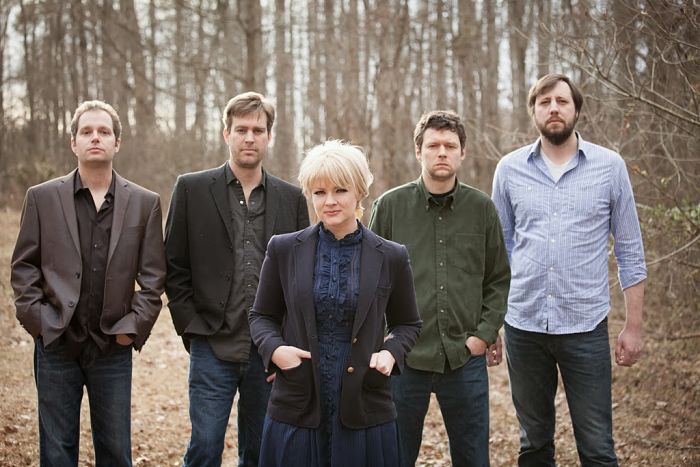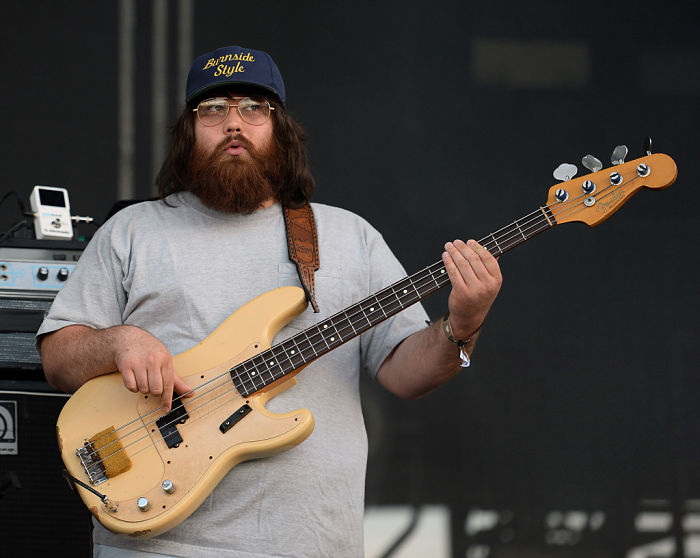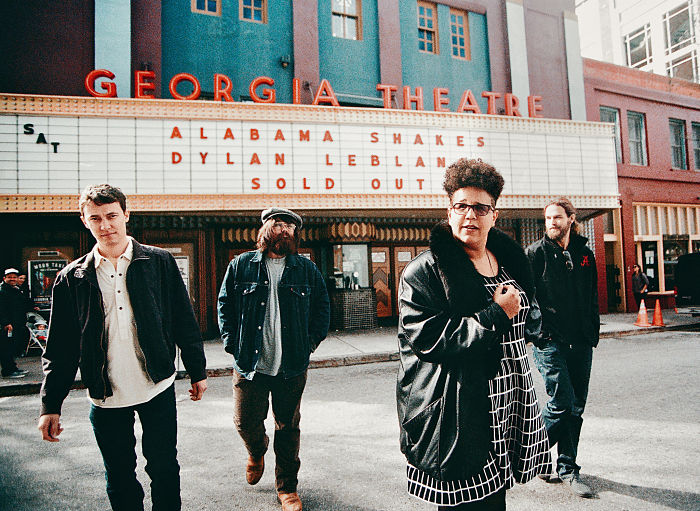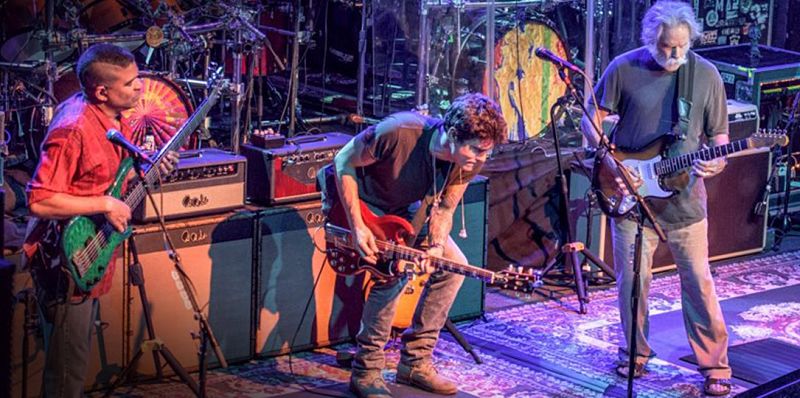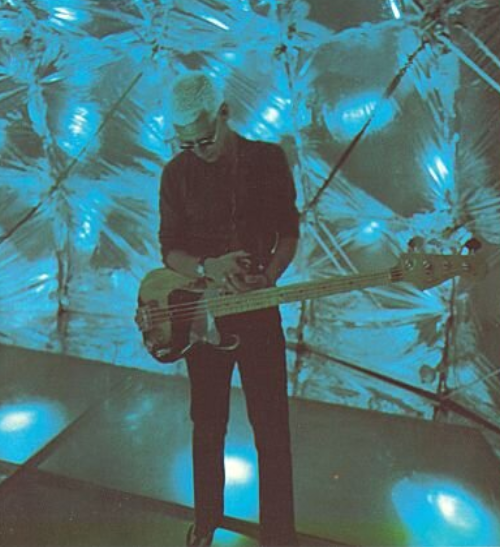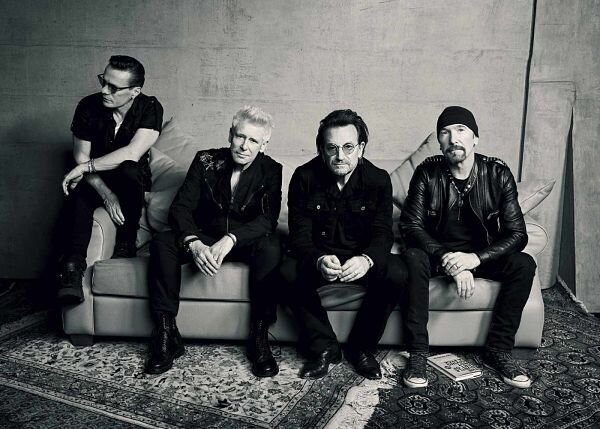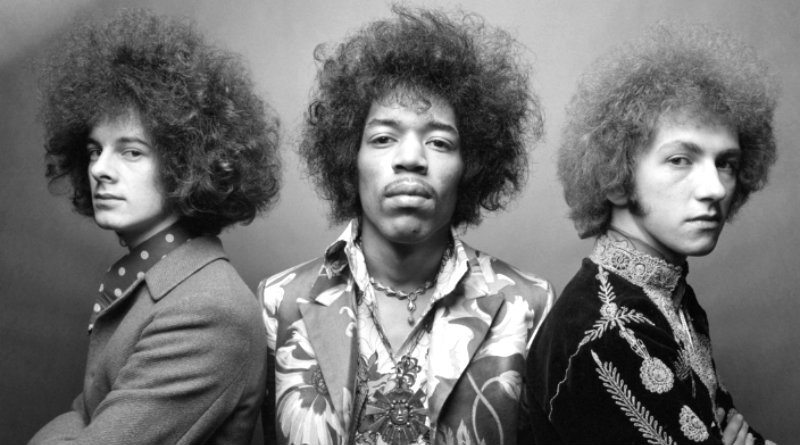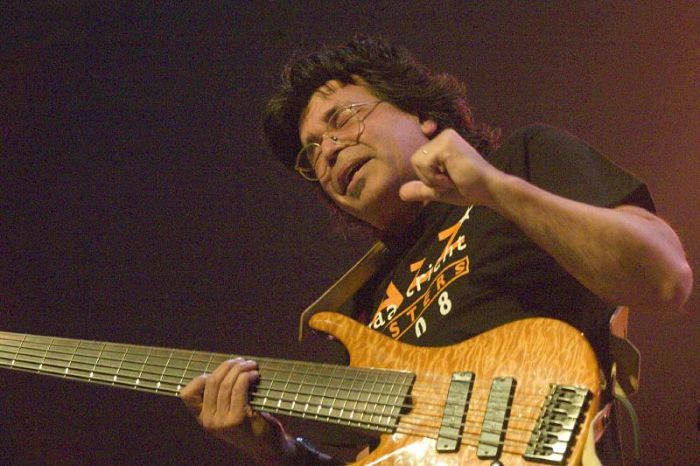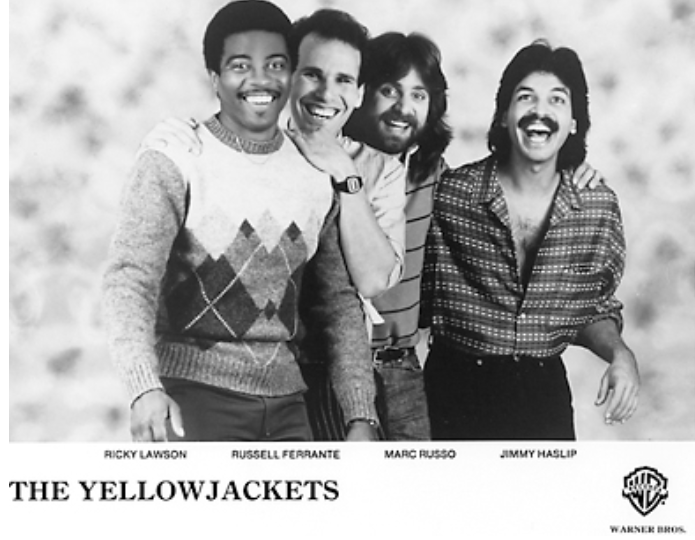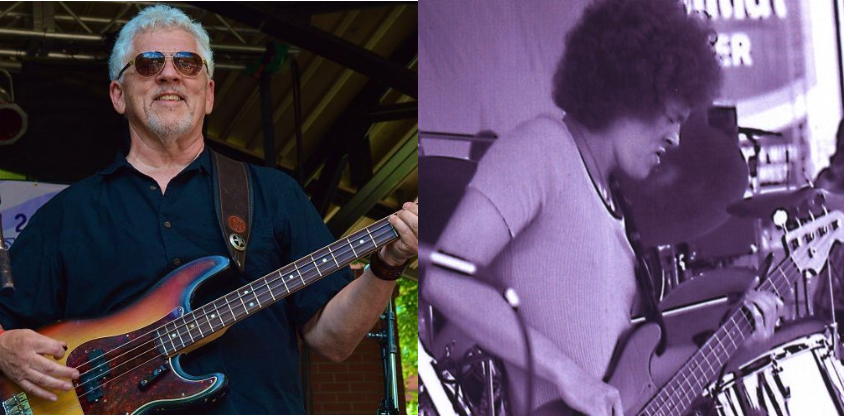
By Joe Gagliardo
Back in the 60’s there were two highly revered bands originally from Minneapolis that ended up being based out of Chicago—Crow and The Litter. Larry Wiegand has a history with both bands.
Larry grew up in a family where his mom, grandfather, and older brother Dick played music. Larry started out playing guitar and drums but switched to the bass in 1962 at his brother’s suggestion.
In 1962, Larry and Dick started playing music with other guys who were friends from the neighborhood. The band was originally called The Knights, and later the Rave-Ons, and ran from ’63-’67. They started out playing the instrumental music they loved – Ventures, Chet Atkins, Duane Eddy, Lonnie Mack, and Booker T & the MG’s.
In 1967, Larry and Dick got together with some of the members of another local band called the Jokers Wild and formed South 40. The band covered a lot of the soul music of the mid-sixties – Wilson Pickett, the Rascals, Mitch Ryder and the Detroit Wheels, and Otis Redding. In 1968, South 40 recorded a live album called Live at Someplace Else, which gave the band some regional success.
In 1969 they added Denny Craswell (Castaways) on drums/vocals, changed their band name to Crow, and released the album “Crow Music” on the Amaret label. Legendary Dunwich Productions movers and shakers, Bob Monaco, Bill Traut and Jim Golden were responsible for Crow’s record deal.
Crow had a number of Top – 40 hits from 1969 to 1972, including “Evil Woman”, which was co-written by Larry, “Slow Down”, (Don’t Try To Lay No Boogie-Woogie on the) “King OF Rock n’ Roll” and “Cottage Cheese”, among others, and released two more LPs, “Crow By Crow” and “Mosaic.” “Evil Woman” has been covered by many artists, including Black Sabbath on its English debut LP, and Ike and Tina Turner, on their Come Together album. Ike and Tina changed the title to “Evil Man” to make it work with Tina as the singer.
Many of Crow’s songs have prominent driving bass lines, starting with “Evil Woman.” Larry’s aggressive pick playing propels that song. Another favorite is “Cottage Cheese.” The band needed a song that would feature drummer, Denny Craswell doing a drum solo. So, Larry and Dick came up with a riff and the band all started working on it at rehearsal. While intended as a showcase for the drummer, the middle of the song has funky call and response riffs between the bass and guitar, including a killer unison run up the neck which still shakes the floors when played at the proper volume—LOUD!
Crow toured extensively, playing many major festivals, including in Toronto, Denver, Miami, Vancouver and Seattle, among others; toured with Janis Joplin; and played on big bills, including with Jimi Hendrix, Chicago, Grand Funk Railroad, Fleetwood Mac, Steppenwolf, Muddy Waters, Howlin Wolf, War, Blood, Sweat & Tears, Three Dog Night, Grateful Dead, Canned Heat, and Spirit. They even had an up and coming ZZ Top open for them.
Crow disbanded in 1972, and Larry moved to Los Angeles. He was a staff bass player for RCA records, from ’73-’77. During that time, he played bass on a number of the label’s demos, and also spent a few years as part of Pacific Gas & Electric, which previously had chart success with the single “Are You Ready.”
Heading back home to Minnesota, he toured the U.S. and Canada with Bobby Vee from the late ‘70s into the ‘80s, before joining the band Double Nickels, which he played with from ‘82-’86. After playing thousands of gigs with Double Nickels, he took time off to start a family.
Crow was reformed in 1988, and Larry has played with the band continuously since then. In addition to Crow, Larry has kept busy with other projects. He released his own “Sessions” CD in 2016, performing with various artists, including one of his heroes, Nokie Edwards of the Ventures. Larry is also active with blues man Doug Maynard, and the Lisa Wenger Band, who both also appear on the Sessions CD.
The Litter is another band that appears on Sessions. The Litter is a garage rock band, formed in 1966 in Minneapolis, Minnesota. They are best remembered for their 1967 debut single, “Action Woman”. The band recorded two classic garage LPs, Distortions and 100 Fine, on local labels, before their third album, “Emerge,” which was released on ABC’s Probe label. Although the group subsequently disbanded, it has re-united in various configurations, including the 1998 release of a new studio album Re-Emerge consisting of both old and new material, as well as old and new members, including Larry Wiegand on bass.
In 2019, Tom Murray, the original drummer of The Litter, released a new Litter LP, Future of the Past, which again includes Larry on bass, as well as original Litter guitarist, Zippy Caplan, and Dez Dickerson, the original guitarist in the Revolution.
This LP is hard-rocking and consists of several songs based on unreleased and/or unfinished material from the early ‘70s. According to Tom Murray, while there are new guys, it is heavily based on what the band was doing back then.
Based on Larry’s extensive career, he was inducted with Crow into the Minnesota Rock n Roll Hall of Fame in 2005, Iowa Rock n Roll Music Hall of Fame in 2009, and the South Dakota Rock n Roll Music Hall of Fame in 2016. He was also inducted into the Minnesota Blues Society Hall of Fame in 2018.
His influences include Nokie Edwards, who originally played bass with the Ventures before taking over their lead guitar duties, James Jamerson, Chuck Rainey, Paul McCartney and Paul Samwell-Smith of the Yardbirds.
Larry’s go-to basses back in the day were a 1962 Fender Precision Bass and a ’63 Fender Precision bass, that was used on a lot of Crow’s records. These days, he plays a ‘71 Fender P bass on stage, and he also uses a ’95 Fender Jazz bass modified with DiMarzio pickups. His rigs have gone from a Fender Bassman, to Fender Dual Showman, to Vox Super Beatle, Ampeg SVT and Acoustic 360. He currently uses a GK 800RB head with a 400 watt 1×15 cabinet.
Larry Weigand Sound & Vision…
Crow:
“Evil Woman” https://youtu.be/dz7-Sq1CDH8
“Cottage Cheese” https://youtu.be/cxhxqNkIzaw
Larry Wiegand and Nokie Edwards “After You’ve Gone: https://youtu.be/aPNvX8ZsK4w
Larry Wiegand and Jeff Christensen “One Moment” https://youtu.be/LOvc4dLLG_U
